Still looking to get comfortable with gouache, I did another quick piece in between commercial assignments. This time, inspired by the smoke-filled late summer here in Seattle, as well as an old, decaying goat skull I’ve had for a couple years, I sort of just dove right into a piece.
This time, I’ve expanded my palette a bit and scrounged up some Strathmore 500 Series 3-ply Bristol. This stuff is regular surface, which has a nice, subtle tooth to it, and is what several of my more experienced gouache-painting friends recommended.
I set up the skull and did a quick, light sketch in watercolor pencil to nail down placement and proportions. Since sections of the skull are missing, I thought it might be interesting to insinuate the those missing sections and thus an intact version of the skull using the negative space. I flirted with doing this two different ways, through the framing device of foliage and smoke. In the end I decided that the foliage was a better solution.
With those decisions made, I moved on to paint.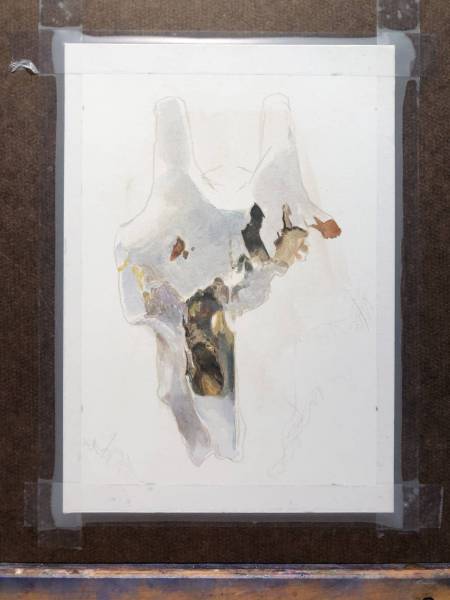
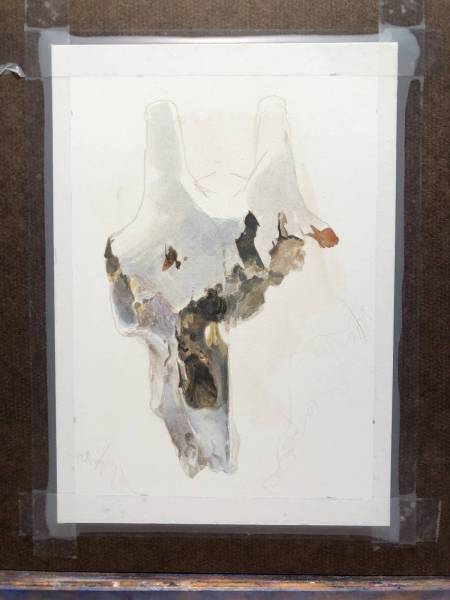


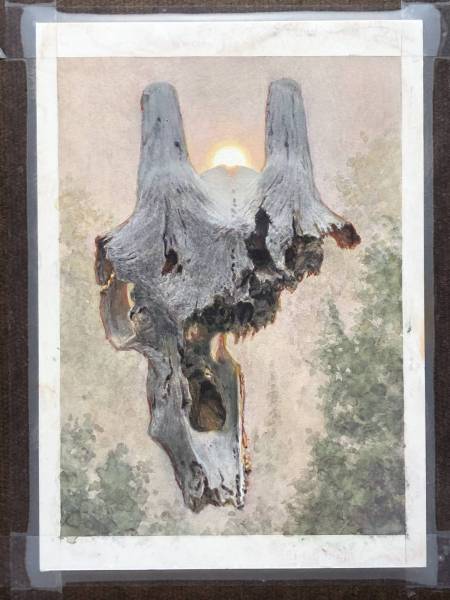
With this piece, once I got the basic areas done, I then spent time trying to find ways to describe and insinuate the various textures and details with the paint—be it the grooved and weathered bone or the fiddly layers inside the sinus cavities. Simultaneously, I worked to bring more of the sun’s colors into the skull itself.
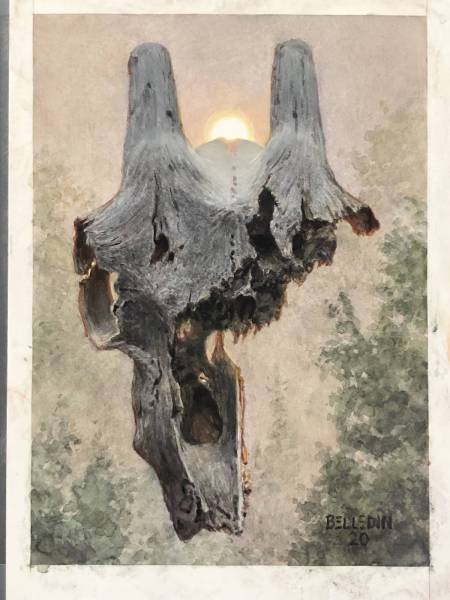

This is only my second experiment with gouache, but I’m finding I like it more each time I use it. The speed is extremely appealing to me and I find that the shifts in thinking area pleasant change of pace. I’m also a fan of the fact that gouache paintings are insanely easy to scan and retouch. I’m still not ready to complete a professional assignment in gouache yet, but I think I’m getting closer. What I’m still unclear on is the level of forgiveness the medium has for revision and reworking (which is something that has been known to happen with my assignments), and so I’m going to build that into my next piece. I’ll also be trying yet another surface (Strathmore 500 Series Bristol Plate Finish) to see how the paint reacts and to see what impact that might have on how I work.
In the end, I’m pretty satisfied with how this painting came together. Not particularly ambitious, but I’m still feeling out the paint and trying to understand what techniques feel most organic to my way of thinking and working. Rolling up my sleeves and getting my hands dirty with a new medium has been interesting and exciting, but the most fun aspect about it has been how much I’ve learned along the way. Some of the lessons will be specific to gouache or other water mediums, other lessons will apply to my work across the board. Regardless, it’s been a fun ride, and I appreciate everyone who’s reached out and shared their own experiences and wisdom with gouache in the comments. It’s given me a lot to think about and a lot to try. Hopefully the couple of pieces I’ve done and discussed here have in some way returned the favor.


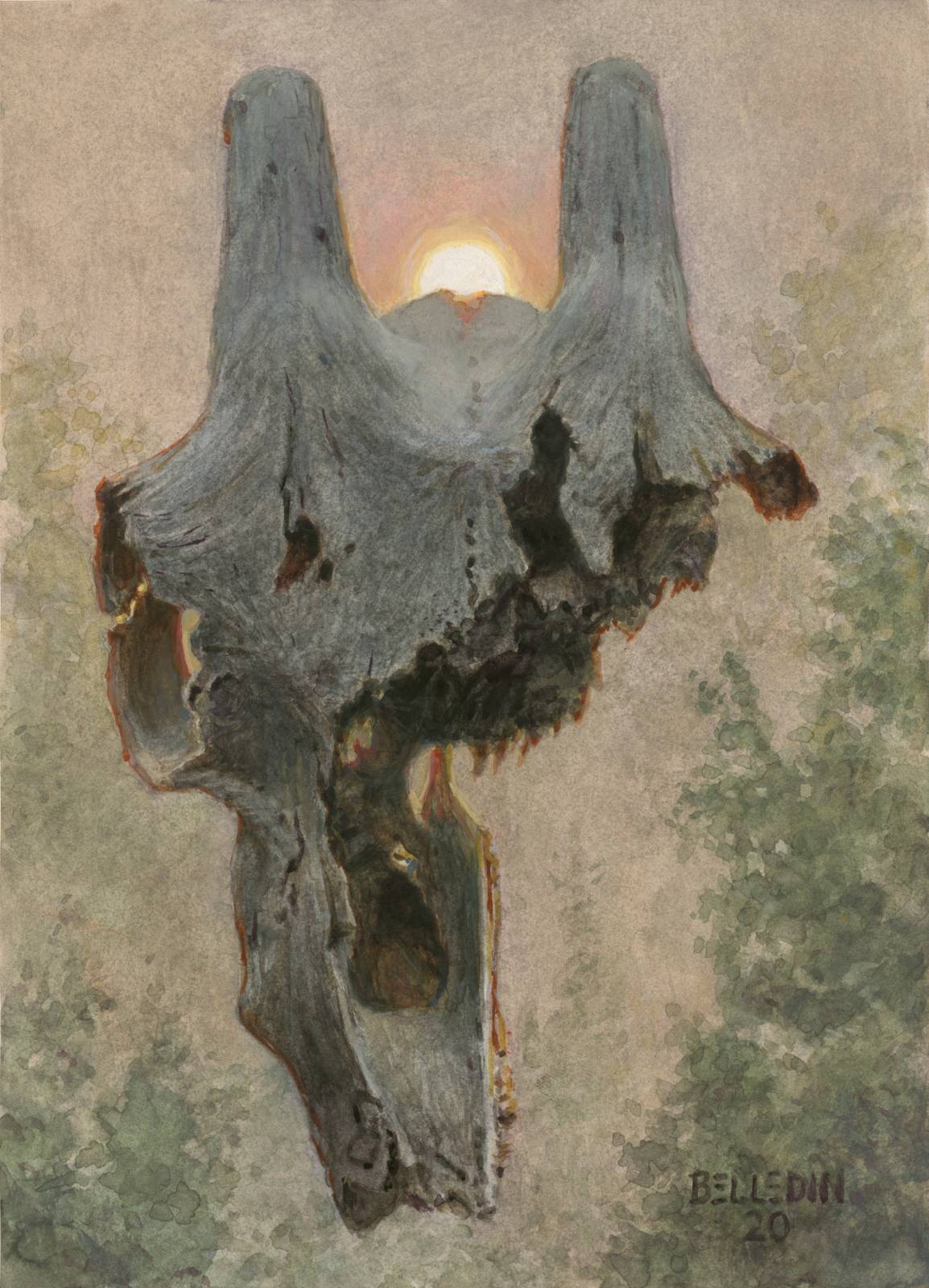
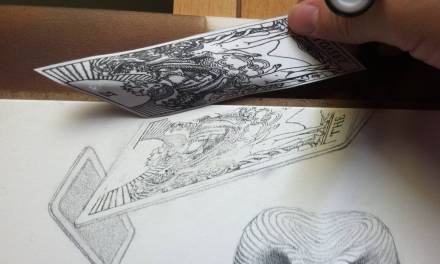
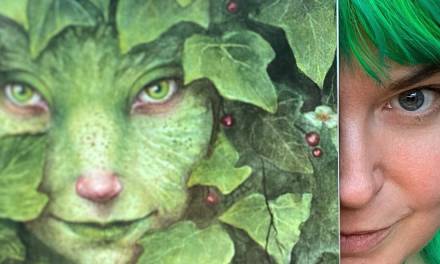
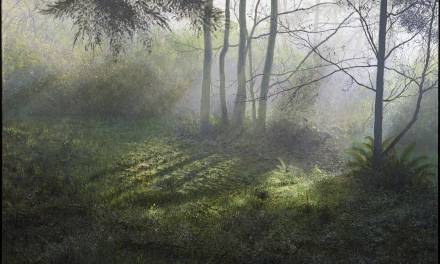
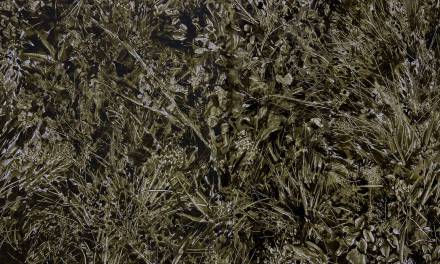
Nice piece. The sun and mood turned out great. I will be curious to see how you deal with changes. I have heard some people just take a sponge and scrub out the area. It will depend on the beating your paper can take. You can try putting some gesso over the area. I have painted gouache on that and while a different feel you can get the same results. For pushing things back or trying to glaze you can use a spray bottle and mist a color- I have done that. IN this video Jeff Watts uses an airbrush happy painting! https://www.youtube.com/watch?v=gsTAsfjR_uk&ab_channel=WattsAtelieroftheArts